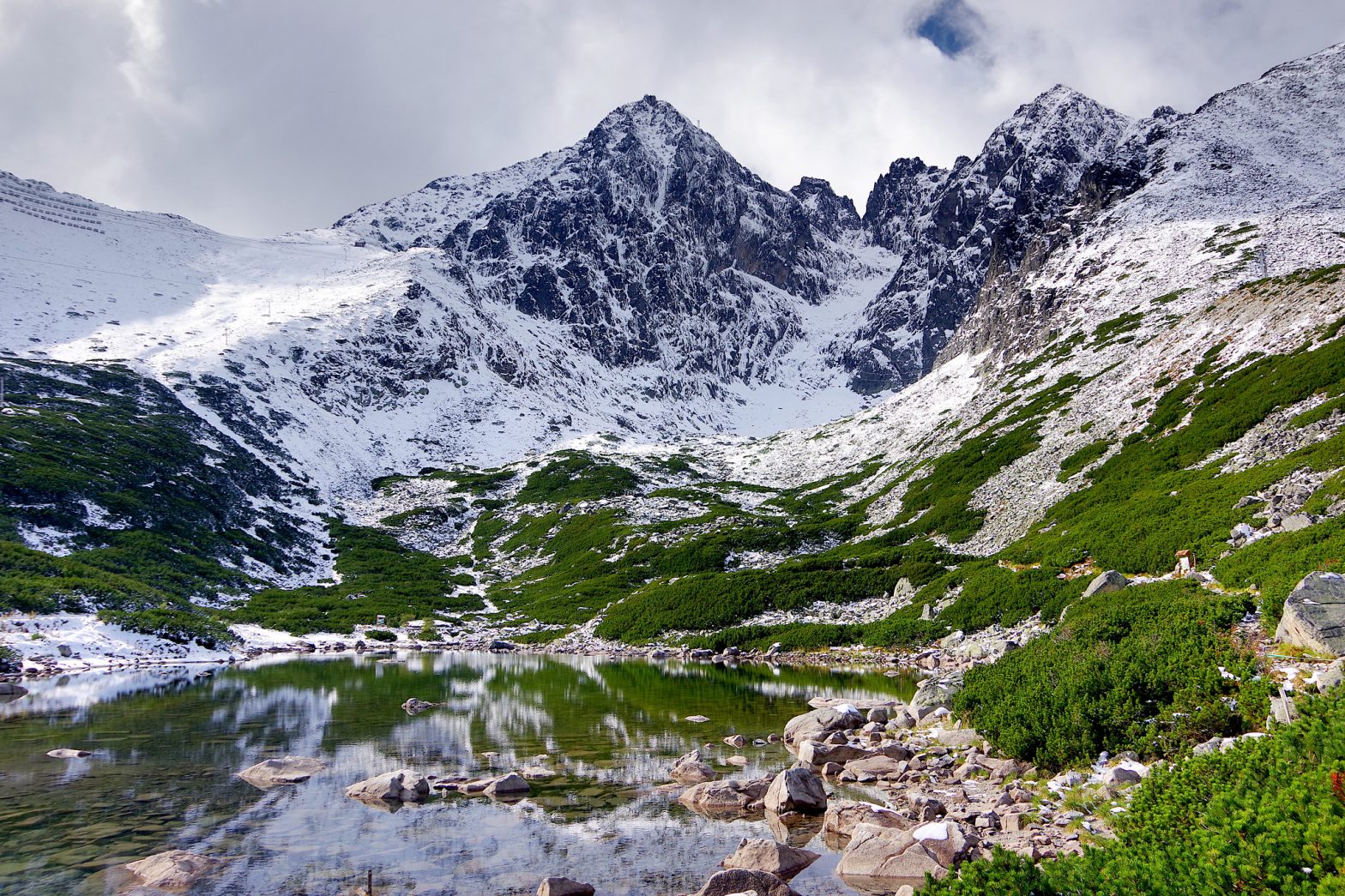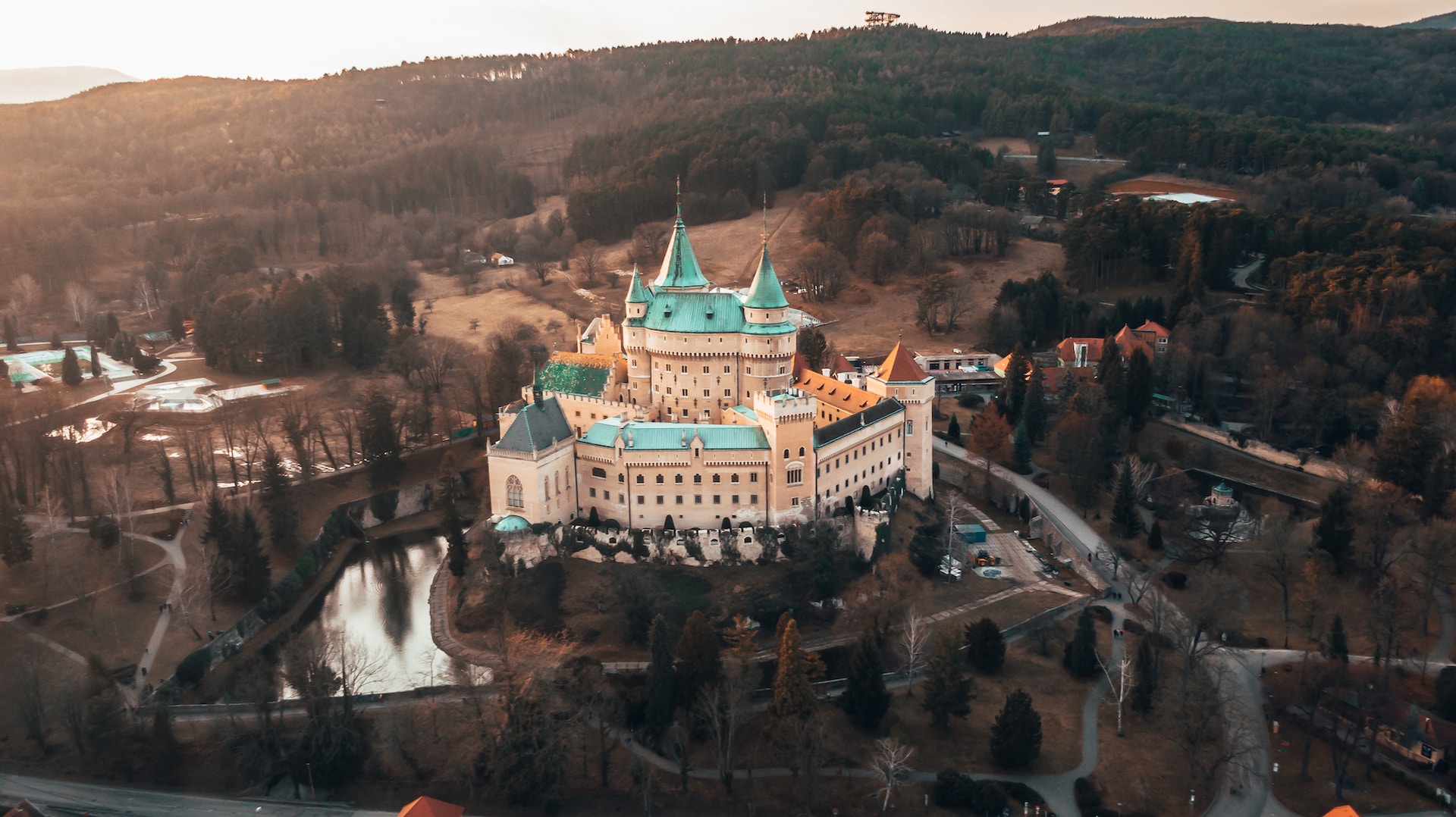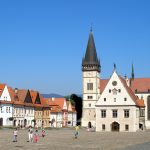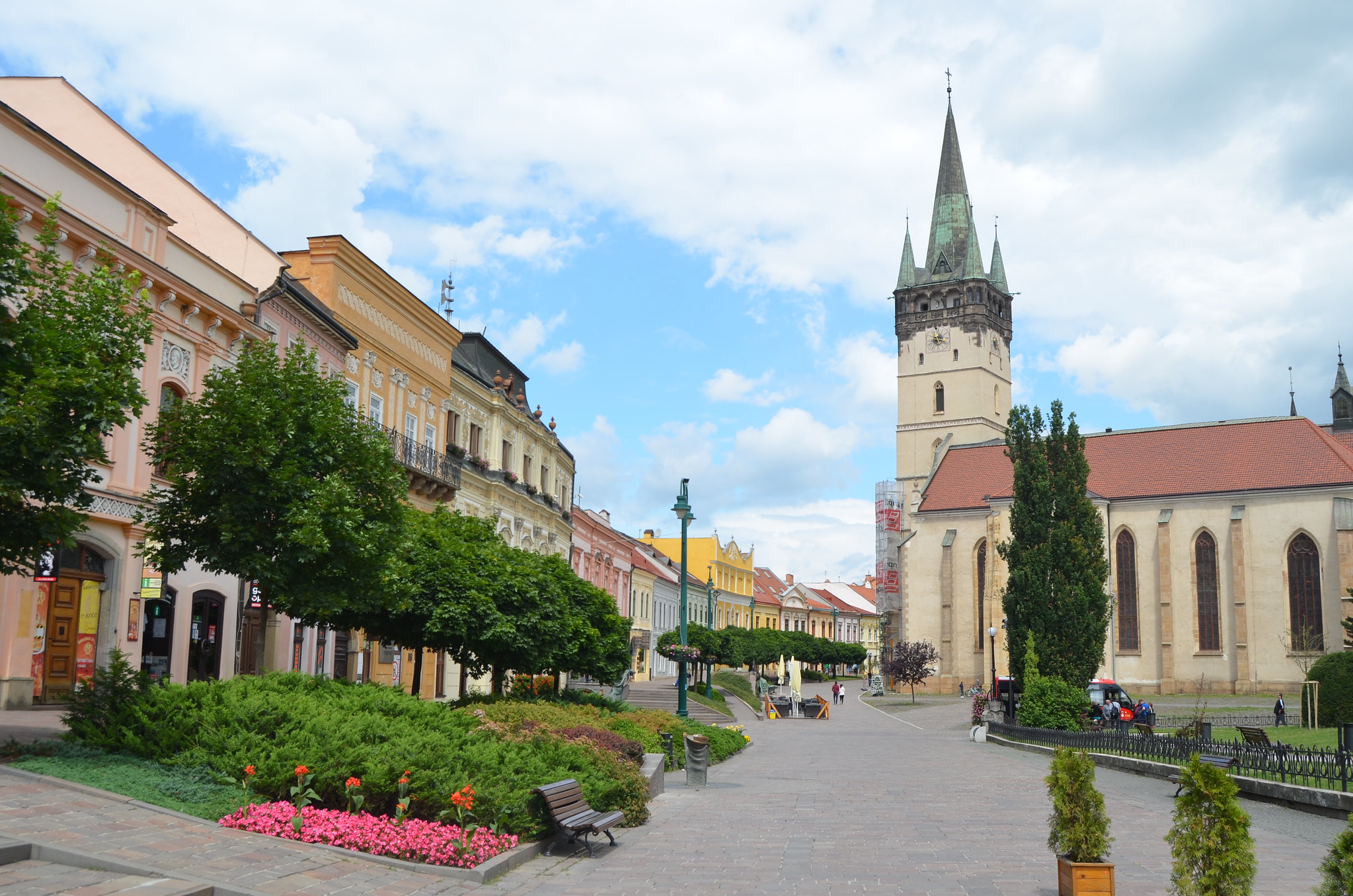Nestled in the heart of Europe, the High Tatras mountain range in Slovakia stands as a symbol of natural beauty, adventure, and biodiversity. This article aims to provide a comprehensive guide to these majestic mountains, covering general information, popular hotels, ski resorts, hiking trails, caves, unique wildlife, iconic locations, the most famous peaks, the rich history of the High Tatras, and a brief comparison with the Low Tatras.
General Information:
The High Tatras form a part of the larger Carpathian mountain range, stretching across the border of Slovakia and Poland, with the majority of the range lying in northern Slovakia, north of the town of Poprad. The Slovak side is home to the Tatras National Park (TANAP), a protected area encompassing approximately 740 square kilometers. TANAP established in 1948 to preserve the unique flora and fauna of the region.
The High Tatras are renowned for their rugged terrain, alpine landscapes, and numerous glacial lakes, making them a haven for nature enthusiasts, hikers, and winter sports enthusiasts alike. The mountains boast some of the highest peaks in the Carpathians, with Gerlachovský štít standing as the highest at 2,655 meters (8,711 feet) above sea level.
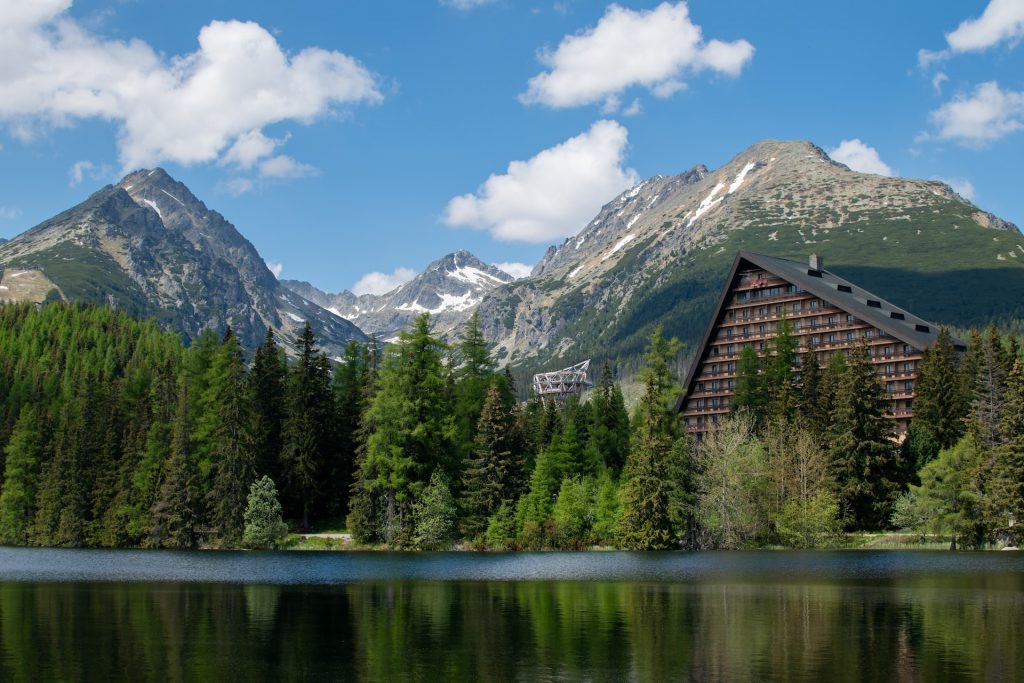
Popular Hotels:
- Grand Hotel Kempinski High Tatras: A luxurious five-star hotel offering stunning views of Štrbské Pleso mountain lake and the surrounding peaks. It combines modern comfort with a touch of historic charm.
- Hotel FIS: Situated in Štrbské Pleso, this hotel is a popular choice for both summer and winter visitors. Its convenient location provides easy access to hiking trails and ski slopes.
- Hotel Patria: Nestled also in the picturesque village of Štrbské Pleso, Hotel Patria offers a cozy atmosphere and breathtaking views of the mountains.

Ski Resorts:
The High Tatras boast several world-class ski resorts, attracting winter sports enthusiasts from around the globe. Štrbské Pleso, Tatranská Lomnica, and Starý Smokovec are popular hubs, offering a variety of slopes suitable for all skill levels. Visitors can enjoy not only skiing but also snowboarding, snowshoeing, and other winter activities.
Hiking Trails:
The High Tatras are a paradise for hikers, featuring a vast network of trails catering to different fitness levels. Some notable trails include the hike to Rysy, the highest peak in the Tatras, and the picturesque path around Štrbské Pleso. Adventurous visitors can explore the Tatranská Magistrála, a long-distance trail traversing the entire mountain range.
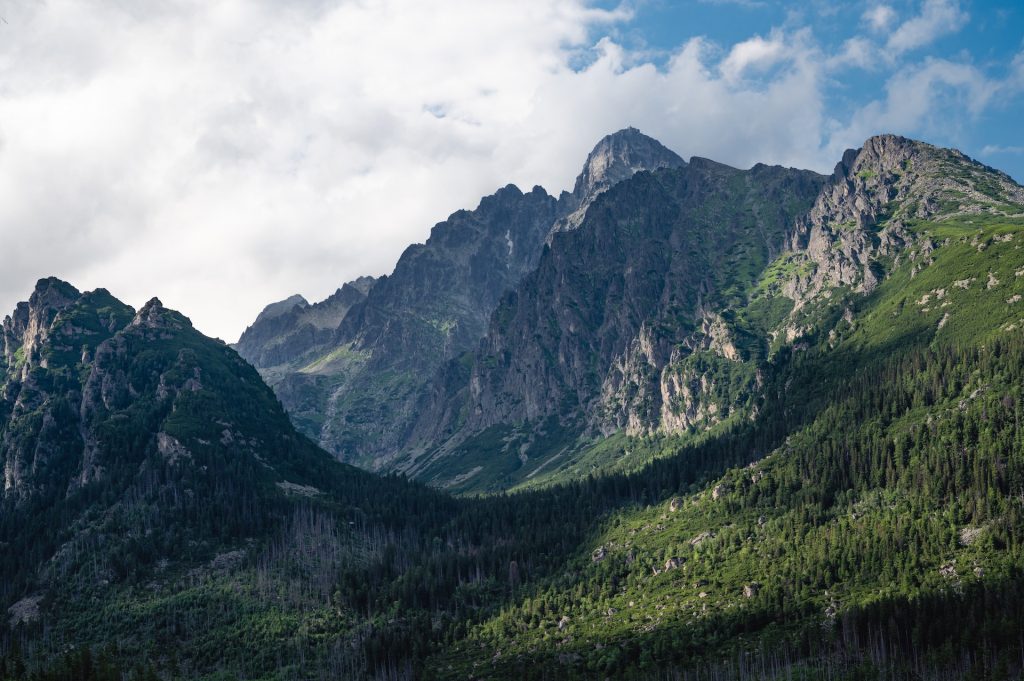
Caves:
While not as famous as the trails and peaks, the High Tatras also hide fascinating underground wonders. Belianská Cave, accessible to the public, offers a mesmerizing journey through stalactite-filled chambers, providing a unique perspective on the region’s geological history.
Unique Wildlife:
The Tatras National Park is home to a diverse range of flora and fauna. Among the unique species, the Tatra chamois, a goat-antelope native to the region, stands out. Birdwatchers can spot golden eagles, peregrine falcons, white-backed woodpeckers and Eurasian eagle-owls. Marmots, lynxes, and brown bears also call the High Tatras their home.
Endemic subspecies of long-flowered primrose and field locoweed count as flora that can only be seen in the High Tatras.
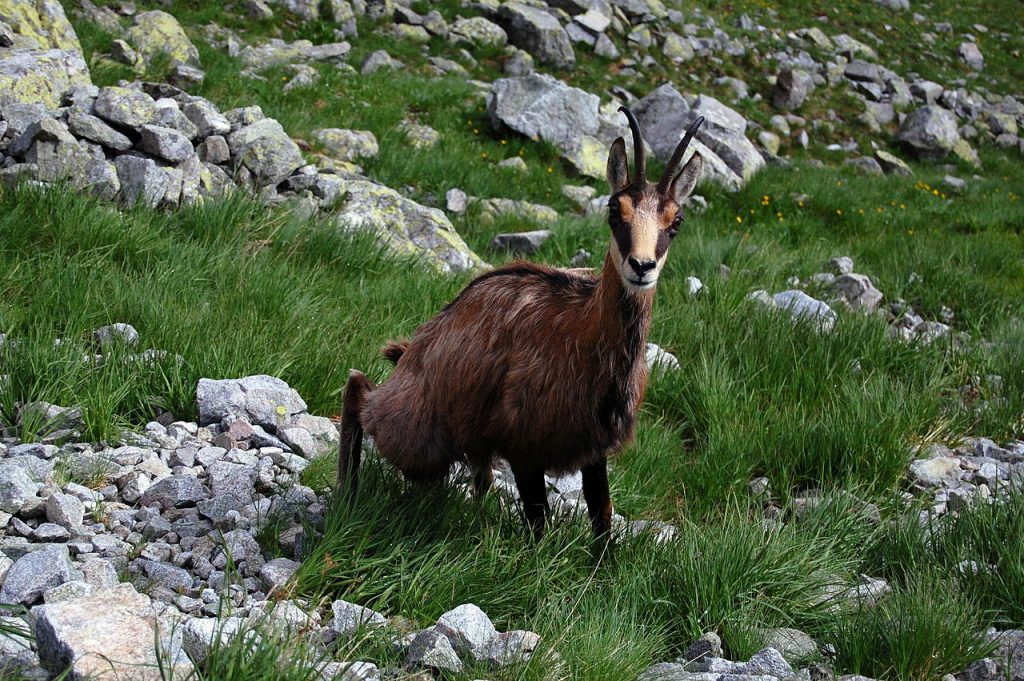
Iconic Peaks:
- Gerlachovský štít: The highest peak in the High Tatras, offering panoramic views of the surrounding landscapes.
- Lomnický štít: The second-highest peak in the High Tatras, accessible by cable car, houses a solar observatory which was built in 1962.
History of the High Tatras:
The history of the High Tatras is intertwined with the cultural and economic development of the surrounding regions. The mountains have been a source of inspiration for artists, writers, and explorers throughout the centuries. The construction of mountain chalets and the establishment of the Tatras National Park in 1949 marked significant milestones in the preservation of this natural treasure.
The region has been inhabited since prehistoric times, with evidence of human presence found in archaeological sites. The area also played a significant role in the formation of Slovak and Polish national identities.
During the Middle Ages, the mountains served as a natural border between various kingdoms and territories. In the 19th century, the High Tatras gained popularity among tourists and mountaineers, leading to the establishment of the first mountain huts and trails.

High Tatras vs. Low Tatras:
While both the High Tatras and Low Tatras are part of the Carpathian mountain range, they differ significantly in terms of elevation, landscape, and accessibility. The High Tatras, as the name suggests, are characterized by higher peaks, alpine terrain, and more rugged landscapes. In contrast, the Low Tatras have a more rolling, forested topography and are generally lower in elevation.
Conclusion:
The High Tatras in Slovakia stand as a testament to the allure of nature, offering a wide array of experiences for every type of traveler. Whether seeking adventure on the slopes, tranquility by the lakes, or a glimpse into the region’s rich history, the High Tatras deliver an unforgettable journey into the heart of Europe’s natural wonders.
